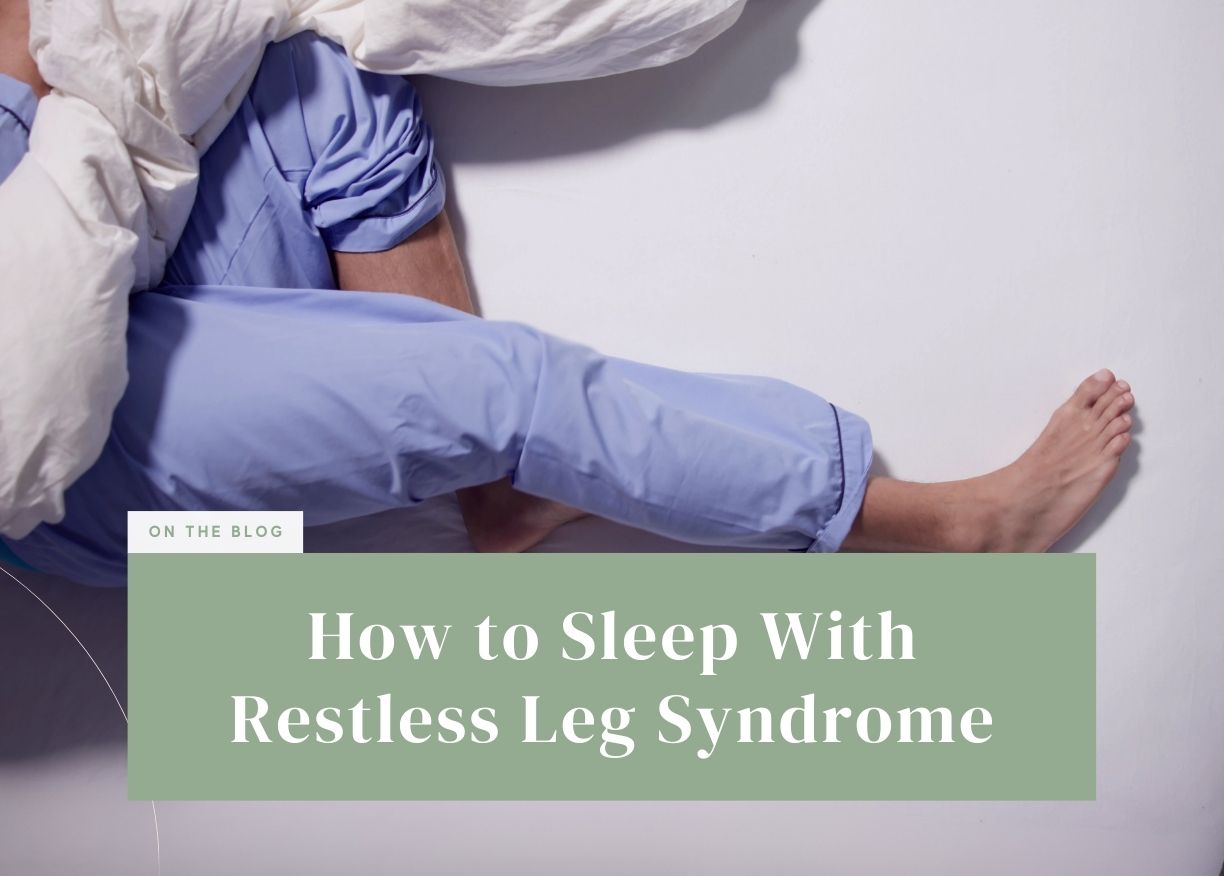How to Sleep With Restless Leg Syndrome
You’re exhausted.
You crawl into bed, ready for relief.
And then it starts—the tingling, crawling, pulling sensations in your legs. No matter how you stretch or shift, the urge to move won’t stop.
Restless Leg Syndrome (RLS) doesn’t just keep your body awake—it robs your mind of rest, too. But while there’s no instant cure, there are ways to make sleep easier when RLS strikes.
What Restless Leg Syndrome Really Is

RLS is a neurological condition that causes uncomfortable sensations—often described as tingling, itching, or electric feelings—usually in the legs and usually at night. Moving temporarily relieves the discomfort, which is why sufferers often pace or stretch in the middle of the night.
Over time, the constant interruptions can lead to chronic sleep deprivation, daytime fatigue, and even mood changes.
Strategies That May Help Calm the Legs
-
Keep a Consistent Sleep Schedule
RLS symptoms often worsen with irregular sleep. Going to bed and waking up at the same time helps regulate your nervous system.
-
Gentle Movement Before Bed
Stretching, yoga, or a warm shower may ease sensations before they begin.
-
Limit Triggers
Caffeine, alcohol, and nicotine can all worsen RLS. Cutting them off in the evening can make a difference.
-
Temperature Therapy
Some people find relief with a warm compress or heating pad; others respond better to cold packs. Experiment with what soothes you.
When the Bed Itself Matters
Since RLS is worsened by discomfort and restlessness, the right sleep setup can reduce additional triggers:
🌿 Honey Hybrid Organic Mattress: Supports your spine evenly and relieves pressure points, so you’re not fighting pain on top of restlessness.
🌿 Bamboo Sheets: Lightweight and breathable, they keep your body cool—helpful since overheating can intensify RLS sensations.
🌿 Adjustable Base: Elevating the legs can sometimes ease symptoms by improving circulation and reducing pressure, giving your body one more tool to find relief.
While these won’t cure RLS, they can make managing it at night much more bearable.
When to Talk to a Doctor
If RLS is frequent or severe, it’s worth seeing a physician. Sometimes it’s linked to low iron levels, chronic conditions, or certain medications. Treatment options range from supplements to prescription therapies.
Final Thoughts
Restless Leg Syndrome is more than just “fidgety legs.” It’s a condition that disrupts rest when you need it most. But small changes—habits, environment, and the right sleep tools—can make nights less frustrating.
Tonight, instead of fighting your legs, focus on setting the stage for calm. Because even when RLS lingers, your body still deserves the chance to rest.





